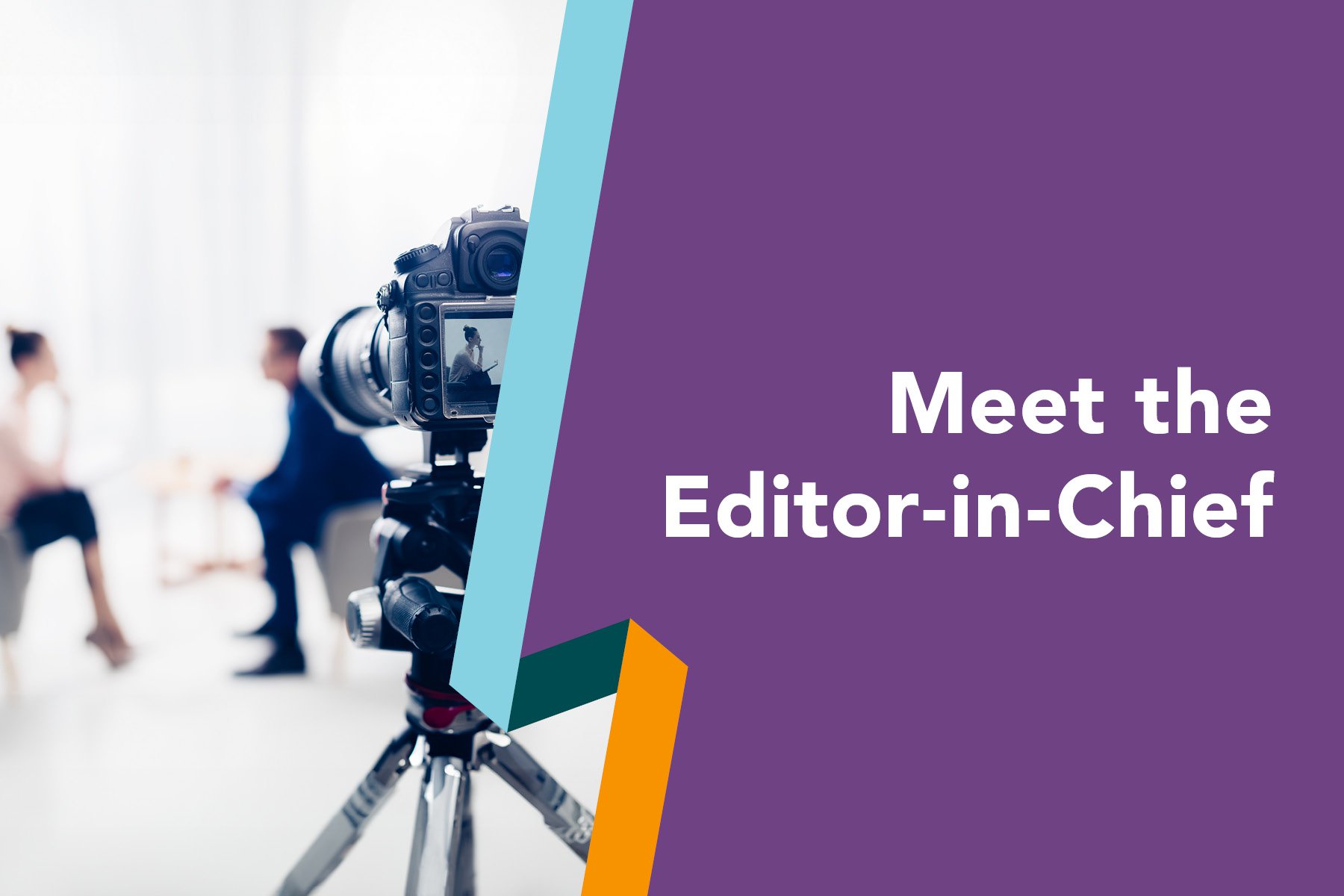At Karger, it is no news that we are Open for Open. And we have just added yet another layer of openness to our publishing models in the form of Subscribe to Open (S2O). With this initiative, we are offering our communities an alternative Open Access model, piloted in 2023 with two journals in the Neurology and Neurosciences portfolio: Developmental Neuroscience and Pediatric Neurosurgery.
What is S2O?
S2O is a sustainable publishing model that converts subscription-based journals to Open Access (OA) without some of the barriers that other models may present. That means research becomes openly available online once a renewal target has been met. It is yet another way to bring OA to all, which is good for authors and readers alike. For librarians, this is great news: besides providing their researchers with the opportunity to publish OA, S2O relies on existing library subscription budgets and procurement processes so there is no need to establish new systems. At the same time, readers benefit from a vast array of research that might otherwise be gated. The model was originally created by Annual Reviews, which also spearheaded the S2O Community of Practice.
How Does S2O Work?
Essentially, journals are OA for an entire year once a certain number of subscriptions has been reached. S2O-based publishing costs are sustained by subscriptions, leveraging existing subscription bases, funds, and infrastructure. Simply put: If subscriptions are renewed to a target level, we will make that year’s volume completely free of barriers to publish, read, share and re-use. With easier access to a broader readership, that means more reach, visibility and impact for authors. Even better – all authors will be able to publish without paying any fees if that volume becomes OA.
It’s important to note that the subscription process will be repeated every year, so future volumes may remain fully OA or return to the hybrid model (subscription-based with a paid option to publish articles OA) depending on subscription levels. Working with our stakeholders, we hope to reach subscription levels that will enable ongoing OA.
Bridging the Gaps Towards an Open Future
We are continuously exploring different ways of empowering researchers, policy makers and others to easily read and share trusted, peer-reviewed science through different OA models. Very often, authors need to comply with OA mandates and encounter barriers in the form of high Article Process Charges. Along with the many other ways we drive the transition to a more open research ecosystem, with S2O, we hope to bring together different parts of this puzzle and solve them together: libraries and institutes can play a key role in unlocking journals, authors have the possibility to publish APC-free, and Karger acts as the bridge between the present and future of OA.





Comments
Share your opinion with us and leave a comment below!